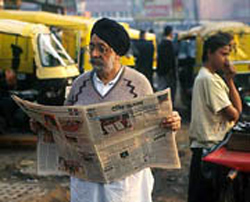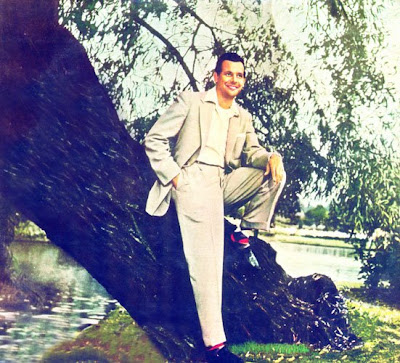Langauge no barrier

Picture: Internet
Text by Mathures Paul
It may sound strange when one credits Bengal for being the birth place of Hindi journalism.
Most scholars consider 30 May, 1826 to be the birth of Hindi journalism with the launch of the weekly Oodunt Martand from Kolkata. Bangiya Sahitya Parishad has in its archive the only surviving inaugural issue of the magazine.
“With Jooghul Kishore Sookool as the editor, the weekly was published every Tuesday from 37, Aamratala Lane, near Colootala, for a monthly subscription of Rs 2. It continued to be in circulation till 4 December, 1827,” Dr Kanai Chandra Pal, trustee, Bangiya Sahitya Parishad, said. Bijendra Kumar Singh, author of a dissertation tracing the birth of Hindi journalism, said: “Pundit Jooghul Kishore Sookool was the man behind the newspaper. It was published from Munnu Thakur’s residence. Oodunt Martand published 79 issues and each consisted of eight pages. The last issue was published on 4 December 1827.”
The weekly was concerned exclusively with social and religious issues and very few political questions were discussed. The focus was on sati, unsociability, child marriage and education. In order to draw readers beyond Bengal, Sookool needed postal concessions which the British refused and the paper had to be closed. “The property of Oodunt Martand was confiscated and the printing machinery was sealed since Sookool failed to pay a rental debt of Rs 80,” Mr Singh said. “We have in our collection only the first and the third issues. The other issues may be found in Radhakanta Deb’s library,” Dr Pal said.
Sookool tried to launch Samyadani Martand in 1850 but failed. Soon after, the first Hindi daily, Samachar Subha Varshan, began in 1854. Shyamsundar Sen, a Bengali was the editor.
It was published both in Bengali and Hindi.


Comments